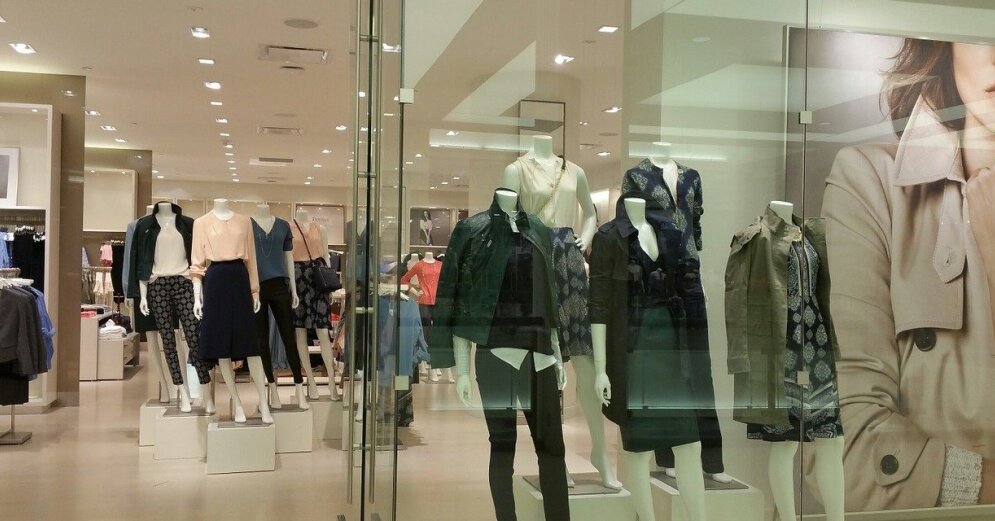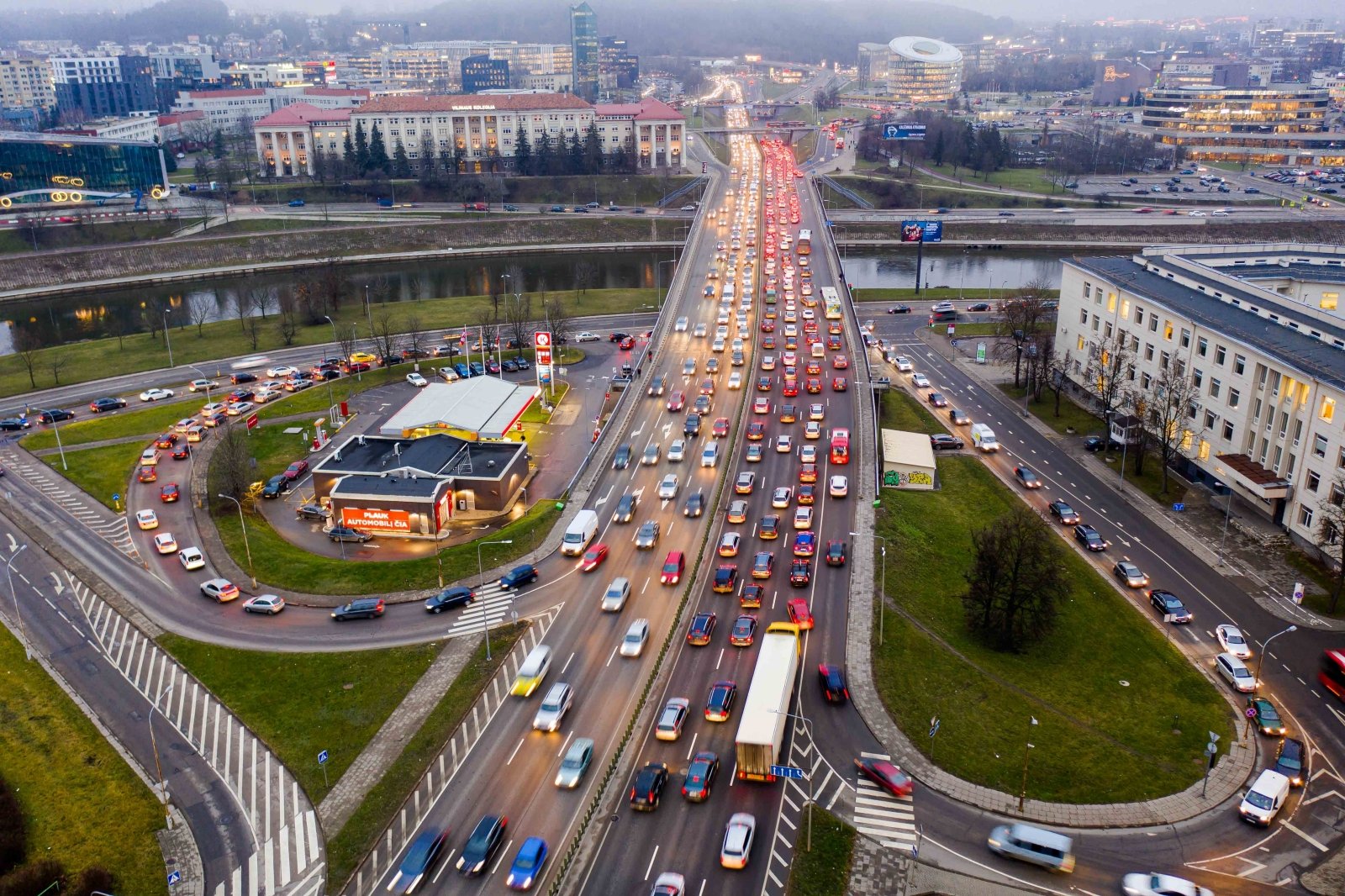In August of this year, consumer prices in Latvia have increased by 3.7% year-on-year. Although in August consumer prices usually decrease compared to the previous month – July – due to seasonal factors, this year they have risen by 0.4%, according to Central Statistical Bureau published information. Economists predict that growth will continue in the coming months.
–
–
Content will continue after the ad
Advertising
–
Economic growth forecasts are declining, while inflation forecasts are rising
The rise in the prices of food, oil and other natural resources in the world is increasingly being felt in the inflation trends in Latvia, banks point out “Citadel“economist Mārtiņš Āboliņš.
The rise in consumer prices is currently observed not only in Latvia, but also elsewhere in Europe and the world. In August, consumer price inflation in the euro area reached 3%, while in Lithuania and Estonia inflation has already approached 5%. Inflation is currently rising not only in consumer prices but also in producer prices and construction costs. In July, producer prices in Latvia were 15.8% higher than in July last year, while construction costs were 8.2% higher than a year ago. Among them, the prices of construction materials in Latvia have grown by almost 12% during the last year, the economist explains.
He estimates that the rise in inflation in Latvia in recent months is still mainly due to external factors. Oil The rise in the prices of energy and other energy resources is only now beginning to be reflected in the prices of electricity and heat, which in August in Latvia have grown by 7.8% and 6.1%, respectively. With growing demand and atypically low stock levels, natural gas prices in Europe have reached their highest levels in ten years, while CO2 emission allowance prices are rising sharply.
“The rise in electricity prices will be slightly amortized OK a decrease in the share in bills, but an increase in electricity and heat prices in Latvia is expected in the coming months as well. In addition to energy prices, food price inflation has now become more pronounced, reaching 2.6% in August. The rise in food prices in Latvia is also likely to continue, as global unprocessed food prices have risen by 30% over the past year, and we are only now beginning to feel this rise in stores. In August, the prices of clothing and footwear also increased by 4.7%, although at the end of the summer they tend to decrease. This could be explained by the relatively low price level last year, but perhaps the impact of the rise in global transport prices can also be felt here, “explains Āboliņš.
At the same time, domestic service price inflation is still moderate, and in August service prices were only 1.9% higher than last year, the economist emphasizes. However, it is becoming increasingly difficult to find workers in the labor market and wages are rising, so price pressures on the services side could also increase following the lifting of Covid-19 restrictions. According to Āboliņš ‘forecasts, consumer price inflation in Latvia will be about 2.5-2.7% this year, while next year’s inflation in Latvia is likely to exceed 3%.
“As a result, economic growth forecasts have been on a declining trend in recent months, while inflation forecasts have been on the rise. This means that national and central bank economic support measures and demand stimulation are increasingly constrained by production and logistics capacity constraints, and “injecting additional funds into the economy risks contributing to further price increases in the economy,” he said.
The most pressing question – for how long?
AS “SEB Dainis Gašpuitis, an economist, points out that “currently inflation continues to follow the scenario we experienced after the global financial crisis, when after the fall the rise in prices experienced a sharp rebound.” As a result, inflation will continue to rise in the coming months, with households experiencing it most directly through rising food, housing and transport costs, which account for 55% of the consumer basket and will be quite unpleasant, he said.
The most pressing question is, how long will the intensified rise in inflation continue? The following factors will be crucial: weather, viral impact and economic activity, and the scale of support measures. “If there is a cold winter, higher energy consumption in line with rising prices will put serious strain on household budgets. Strong wage growth will maintain cost pressures that are more directly reflected in services. Rising energy and raw material prices and supply difficulties are “For the time being, the impact will be limited. However, the longer such conditions last, the greater the impact on final prices,” he predicts.
“Simply put, the sooner conditions for Covid-19 return to normal and life returns to normal, the faster price changes stabilize. Pressure on commodity demand and prices will ease and supply chains will return to full operation. More favorable weather will reduce food price tensions and normalize energy consumption. Our forecasts still point to a temporary period of rising inflation, but this is still ahead and will continue to erode the purchasing power of the population, which will certainly affect consumer sentiment and slow down consumer activity. Therefore, some groups in society may need government or local government support to survive this cycle, which will already exceed 4% by the end of the year and should start to subside in the second quarter of 2022. Needless to say, given inflation the amount of influencing factors, its further course is approx ij a lot of uncertainty, “Gašpuitis comments on the latest data.
Inflation is high but narrow
Also “Luminor“Pēteris Strautiņš, an economist, emphasizes that energy prices are the most unpleasant topic in the range of economic news at the moment, they will keep this” honor “at least until spring. Energy consumption has risen by 10.0% and transport fuels by 19.1%. Inflation has risen, but it is not comprehensive, “he adds.
“Compared to the previous month, prices rose by 0.4% month-on-month in August. Monthly inflation is a very rare phenomenon at this time, only once since the 1990s – when the economy overheated in August 2007 – was monthly inflation so high. The situation will continue to deteriorate, and it cannot be ruled out that the rise in prices will exceed 5% at the end of the year, but it will be short-lived. Prices fell by 0.7% in October and November 2007. However, a very bad scenario needs to materialize for inflation to outpace wage growth. two-year average inflation, “at the expense of” Luminor “economist.
Strautiņš says that most sharp fluctuations in energy prices are related to oil, but currently this usual “suspect” is quite calm, the price per barrel fluctuates around 70 dollars, annual fuel inflation reflects last year’s very low price level. “Unfortunately, gas prices in Latvia and throughout Europe are reaching and exceeding record levels. Wholesale electricity prices in Latvia were unusually high throughout the three summer months and the situation will worsen in September. The price of gas, coal and emission allowances is rising. Baltic and the low rainfall this summer is also important in the Nordic region, “explains the economist.
He notes that the inflation of clothing and footwear prices is unusually high, footwear prices have risen by as much as 11.2%: “The reason is easy to guess – huge global consumption, large delays in delivery routes from Asian and their high cost. This is the highest inflation in clothing and footwear in exactly the last decade. However, it is interesting that the prices of clothes and shoes are slightly lower than in 2000. In this category of goods, prices have fluctuated for a long time without a clear trend. “
Strautiņš points out that there is peace in other sections of the consumer basket: “In the summer, food producers and traders expressed concerns about food price inflation. It is no doubt that it is higher than in the first half of the year and will increase, and it is not expected that this category of goods will be particularly troubled. “
The rise in the price of energy consumed in housing is unpleasant, but there has been no catastrophe, the economist reassures. “The price level has risen sharply compared to the deflationary phase of the pandemic, but is only 5.4% higher than in August 2012, when wages were only around 55% of workers’ incomes this year. The electricity price gap is bigger, but natural gas is even slightly “Heat prices will continue to rise due to the rise in the price of primary energy resources, but in August they were 8.3% lower than the average of the previous decade,” he explains.
–


